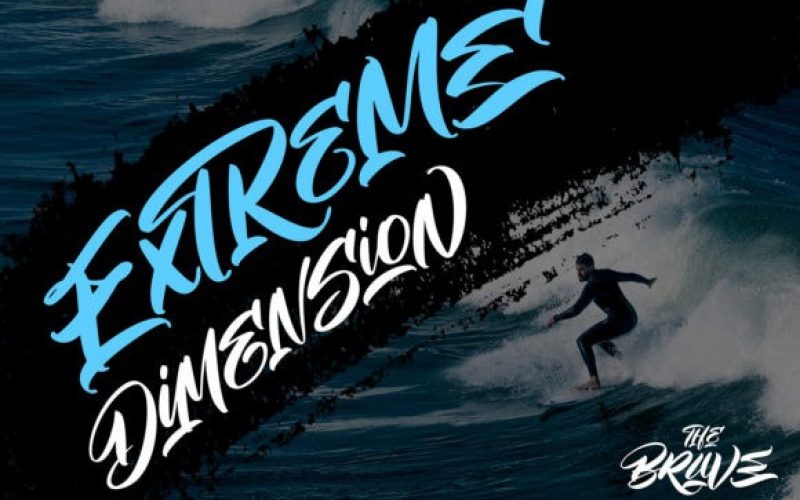

Like glitter rock, it was kitsch and firmly rooted in its time. The CNN logo (1980) certainly paid homage to the Sega design, but I can't remember seeing anything else like it since. The logo has served Sega brilliantly and remains almost unchanged 40 years later. There's simply more room to experiment with a logo than you might be afforded on a book, newspaper or magazine layouts.īack in 1975 Sega (formally ' SErvice GAmes') unveiled this epic sci-fi creation – all Star Trek, disco and circuit boards. Movie titles and company logos are two areas with long histories of more inventive and daring typography. The current website trend towards large image backgrounds and lower text provides a little more space for less conservative choices. As designers, we can easily be forgiven if we make safe typography decisions.Īnd, to be honest, that is generally sound advice – particularly with the denser, text-heavy webpages.īut it's also a bit of a shame. Someone once said 'Nobody ever got sacked for buying IBM' and perhaps the same could be said for 'choosing Helvetica'.

While the poster is a little tongue-in-cheek, it gives you an idea of how complex font selection can be.
#Brave movie font series#
Answer a series of simple 'yes/no' questions and Julian will point you to the font you need. About five years ago Julian Hansen published a brilliant flowchart poster called ' So You Need a Typeface'.


 0 kommentar(er)
0 kommentar(er)
